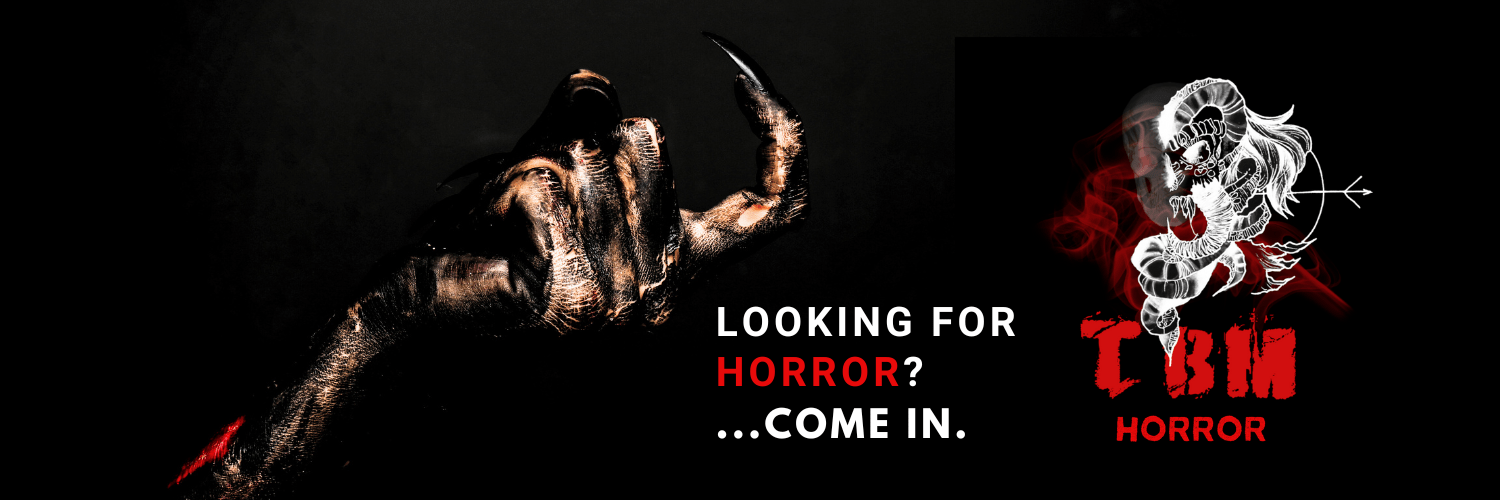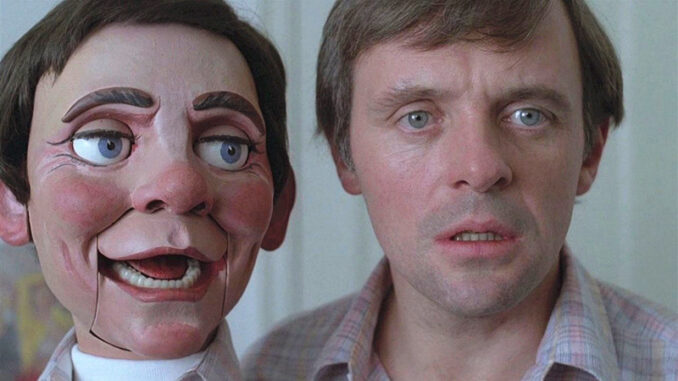
The horror genre has undergone a relentless and spine-tingling evolution since the 1970s. What started as humble yet chilling beginnings has transformed into a multi-faceted realm of terror that keeps audiences on the edge of their seats. This evolution has been marked by innovation, boundary-pushing, and a deep dive into the darkest corners of the human psyche. As we embark on this terrifying journey through time, prepare to be both enthralled and horrified by the intense transformation of horror.
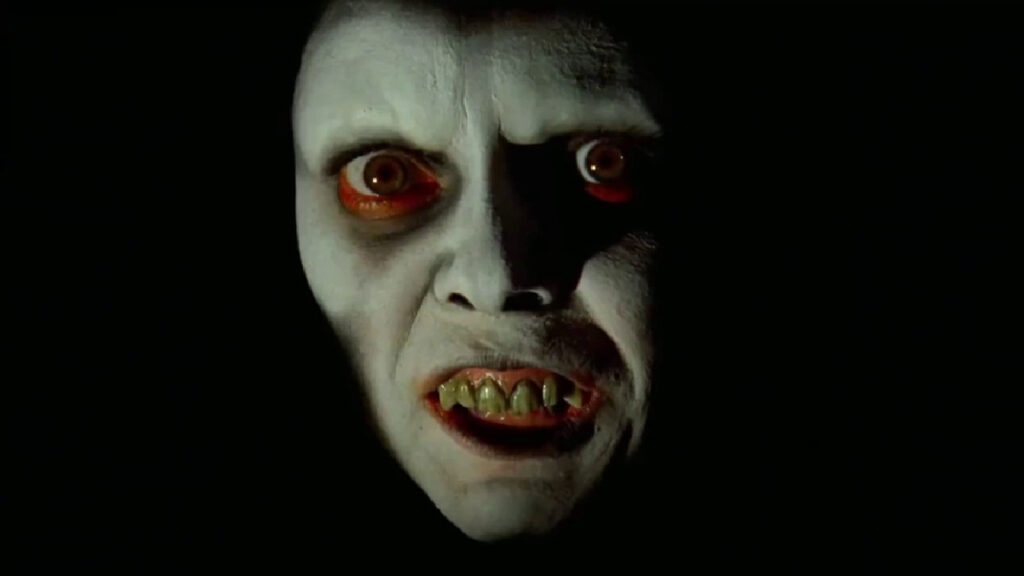
The Chilling ’70s: The Birth of True Terror
Special effects have played a pivotal role in intensifying the horror genre’s impact on audiences. From practical effects that send shivers down your spine to cutting-edge CGI that creates monstrous nightmares, the world of horror has pushed the boundaries of what’s visually possible. These effects don’t just enhance the storytelling; they become characters in their own right, immersing viewers in a world of terror.
The early ’70s brought us cinematic classics that defined the era, such as “The Exorcist” and “The Texas Chain Saw Massacre.” These films tapped into religious and psychological fears, introducing a level of visceral terror that left audiences with lingering nightmares. The gritty, almost documentary-style cinematography and visceral storytelling set the tone for the decade and beyond.
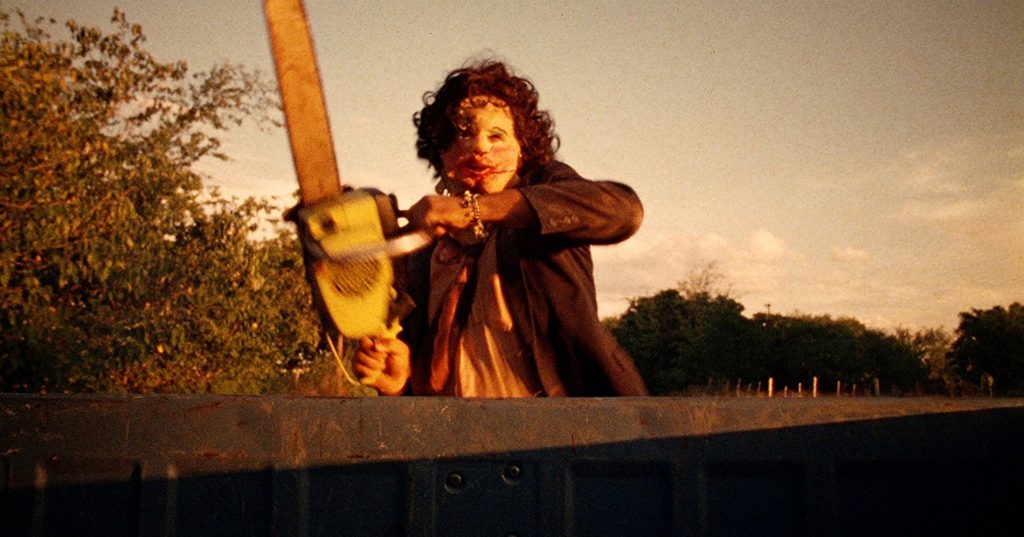
The ’70s and ’80s are often celebrated as the golden age of practical effects in horror. Filmmakers like Tom Savini and Rick Baker became legends for their gruesome and realistic creations. Whether it was the eerily lifelike severed head in “The Thing” or the grotesque transformation in “An American Werewolf in London,” practical effects brought an unparalleled authenticity to horror. These effects were tangible, visceral, and genuinely terrifying.
The Slasher Era: ’80s Madness
The late ’70s and ’80s gave birth to the slasher genre, spearheaded by icons like Michael Myers in “Halloween” and Jason Voorhees in “Friday the 13th.” Masked killers turned teen screams into box office gold, and the genre evolved with darker humor and increasingly creative kills. The ’80s marked an era of horror where gore and body counts reigned supreme.
The ’90s: Self-Awareness and Psychological Suspense
In the ’90s, horror underwent a transformation with films like “Scream” and “The Silence of the Lambs.” Self-awareness and psychological suspense became key elements, making audiences question their own fears and vulnerabilities. This era introduced a new kind of horror, one that played with expectations and psychological tension.
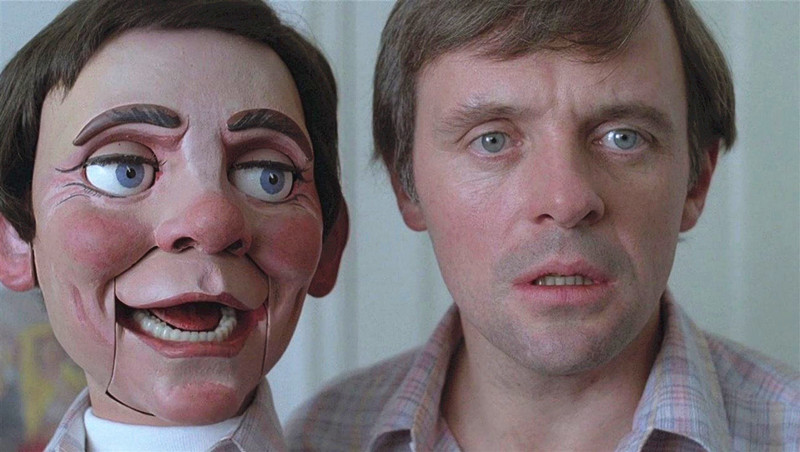
The advent of CGI in the ’90s and 2000s marked a significant shift in horror effects. While some purists bemoaned the loss of practicality, CGI opened up new avenues for terror. Films like “The Ring” and “The Grudge” used CGI to create otherworldly entities that could bend and contort in unimaginable ways. This new approach to horror allowed for a more surreal and nightmarish quality.
J-Horror Resurgence: The 2000s
Modern horror has found a sweet spot by blending practical effects with CGI. This fusion offers the best of both worlds, where physical effects ground the terror while CGI enhances the supernatural elements. “The Conjuring” franchise, for example, seamlessly combines practical ghostly apparitions with CGI to create a spine-chilling experience.
The 2000s witnessed a resurgence of J-horror with films like “The Ring” and “The Grudge.” These movies leaned into supernatural horror and redefined the way Western audiences perceived fear. The concept of a malevolent force coming from a cursed object or place sent shivers down spines worldwide. It was a reminder that true terror knows no borders.
The 2010s: A New Wave of Horror
The 2010s ushered in a new wave of horror with the rise of supernatural horror franchises like “Insidious” and “The Conjuring.” These films brought old-fashioned scares back into the mainstream, with haunted houses, demonic possessions, and jump scares that left viewers trembling.
This decade also witnessed horror’s social and political relevance. Films like “Get Out” and “Us” by Jordan Peele explored racial and societal fears, using horror as a powerful allegorical tool. This era of horror was characterized by thought-provoking narratives that left audiences not only terrified but also introspective.
Modern Horror: Beyond Boundaries
As we step into the present day, horror continues to evolve with even more subgenres, such as folk horror, cosmic horror, and psychological horror, pushing the boundaries of what is traditionally frightening. Anthology series like “American Horror Story” and “The Haunting” have further blurred the lines between television and cinema, delivering intense, episodic horror experiences.
Technology has also played a significant role in modern horror, with films like “Unfriended” and “Host” exploiting the fears associated with the digital age, isolation, and surveillance. These films feel intensely relevant, preying on our anxieties in a technologically dominated world.
Moreover, international horror cinema has gained prominence, with films like “A Tale of Two Sisters” and “Train to Busan” showcasing the global reach of the genre. The blending of cultural fears and storytelling styles has added depth and diversity to modern horror.
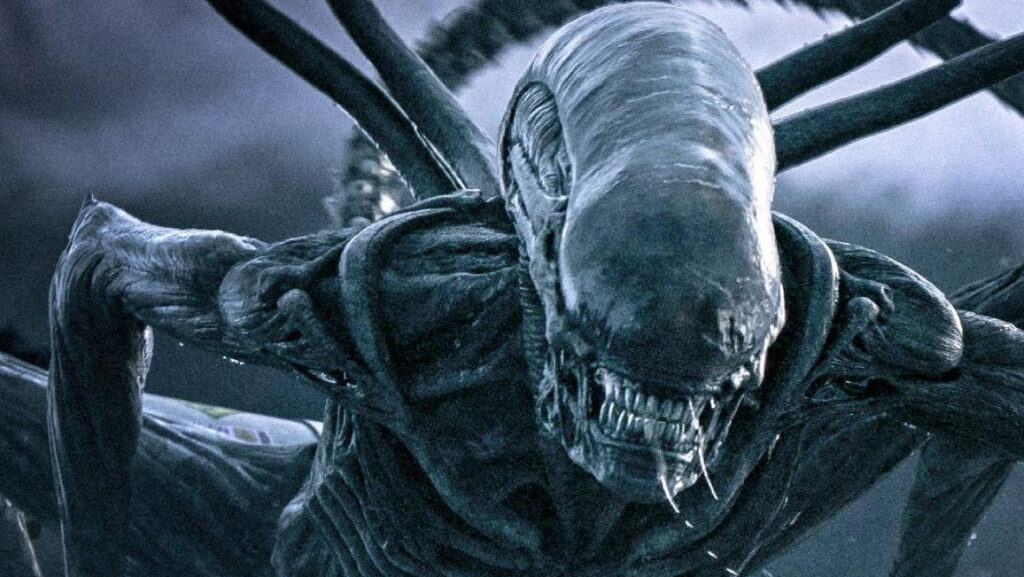
Monsters and creatures are the heart of horror, and special effects breathe life into these nightmarish entities. From the iconic Xenomorph in “Alien” to the terrifying Pale Man in “Pan’s Labyrinth,” these creations are etched into our nightmares. Special effects transform actors into these creatures, blurring the line between reality and fantasy.
Why not, Horror’s Unending Evolution
The evolution of the horror genre since the 1970s to today has been a relentless journey into the darkest corners of human imagination. It has expanded beyond the boundaries of traditional fear, using new storytelling techniques, subgenres, and societal themes to terrify and captivate audiences. In this intense evolution, horror has proven its enduring power to chill, thrill, and provoke deep reflection on our deepest fears.
As we look to the future, one thing is certain: horror will continue to evolve and redefine the very essence of terror. Brace yourself for what horrors the future may bring, for the genre remains a relentless force in the world of entertainment, ready to plunge us into the depths of our darkest nightmares.
